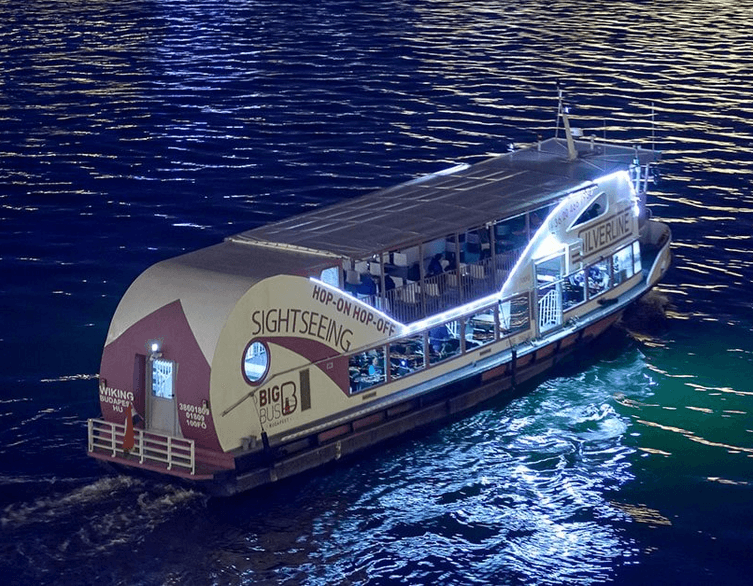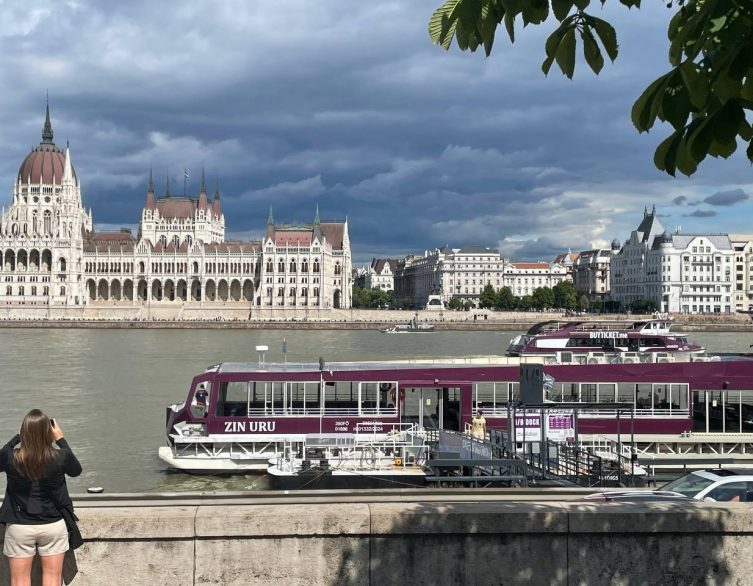Staying Connected in Budapest During Planned Internet Maintenance This Autumn

Imagine arriving in Budapest for your dream vacation, only to discover that your Airbnb WiFi isn’t working, your Google Maps won’t load, and you can’t video call home to show off the stunning Danube views. Unfortunately, this scenario has become increasingly common for visitors to Hungary’s capital, as the country’s largest telecommunications provider regularly implements massive network upgrades that can leave entire districts digitally disconnected for hours at a time.
The Reality of Hungary’s Digital Modernization
Magyar Telekom, the country’s leading telecommunications company, has been conducting extensive network modernization projects throughout 2025, affecting not just small rural towns but major tourist destinations including Budapest, Pécs, Debrecen, and Szombathely. These “országtuning” (country tuning) initiatives, as the company calls them, represent Hungary’s ambitious push to maintain its position as having some of the world’s fastest mobile internet speeds, currently ranking 17th globally.
The scale of these disruptions is unprecedented. Recent announcements show planned outages affecting multiple Budapest districts simultaneously, with some areas experiencing service interruptions lasting up to 330 minutes—that’s nearly six hours without internet, television, or landline phone services. For tourists who rely heavily on digital connectivity for navigation, translation apps, restaurant reservations, and staying in touch with home, these outages can transform a carefully planned itinerary into a series of unexpected challenges.
Which Parts of Budapest Are Most Affected
The telecommunications upgrades are hitting Budapest’s tourist-heavy districts particularly hard. Districts I, II, and III—which encompass Buda Castle, the historic Castle Quarter, and many luxury hotels—have experienced some of the longest planned outages, with some lasting from late evening until early morning. District XVII, home to the Ferenc Liszt International Airport area, is currently experiencing extended service interruptions that could affect travelers during critical moments of their journey.
Central Pest, including Districts VI and VII where many hostels, restaurants, and nightlife venues are concentrated, has also experienced significant disruptions. The timing of these outages varies, but many are scheduled during overnight hours to minimize business impact—unfortunately, this often coincides with when international travelers are trying to check in with family back home or plan the next day’s activities.
What makes these situations particularly challenging for visitors is that the outages affect all connected services simultaneously. When Telekom’s network goes down, it typically takes with it home internet connections, hotel WiFi systems, and even some mobile phone services, creating communication blackouts that can last several hours.
Budapest District Maintenance Schedule
Several Budapest districts have experienced or are experiencing scheduled service interruptions during the ongoing network modernization period. Here are the key dates and locations that may affect travelers:
Districts I, XI, and XII experienced maintenance from September 11-12, with potential outages lasting up to 5.5 hours during overnight hours. District XVI has had intermittent service disruptions from September 8-19, with maximum interruptions of 3 hours at a time.
District XVII is facing the longest maintenance period, with ongoing service interruptions from September 15-26, affecting areas near Ferenc Liszt International Airport. District XI also experienced additional maintenance on September 17 during daytime hours (10 AM to 4 PM).
Districts II and XII will have overnight maintenance from September 18-19, while Districts VI and VII will experience daytime disruptions on September 23 from 8 AM to 2 PM, affecting the central entertainment and dining areas.
Looking ahead, District I (covering Buda Castle and the historic Castle Quarter) will face significant overnight maintenance from September 25-26 and September 30-October 1, with potential outages lasting up to 5.5 hours. Districts XI and XX will have brief maintenance periods from September 30-October 1.
Best deals of Budapest
The maintenance schedule continues into October, with District II experiencing overnight work from October 2-3. Many central districts including III, V, VI, VII, VIII, IX, XI, XIII, XIV, XIX, XXI, XXII, and XXIII will have brief 5-minute interruptions on October 1 between 4-7 AM.
Beyond Budapest: Nationwide Tourism Impact
The service disruptions extend far beyond the capital city, affecting popular tourist destinations throughout Hungary. Lake Balaton region towns, including vacation hotspots that attract thousands of international visitors during summer months, have experienced multi-day periods with intermittent connectivity issues. Cities like Pécs, known for its UNESCO World Heritage sites, and Debrecen, Hungary’s second-largest city, have also faced extended outages during peak tourist seasons.
Szombathely, a gateway city for visitors exploring western Hungary and accessing nearby Austria, has experienced particularly frequent disruptions, with some lasting up to thirty minutes at multiple points throughout extended maintenance periods. For tourists using public transportation apps, ride-sharing services, or trying to coordinate with tour groups, these interruptions can create cascading delays and missed connections.
The challenge becomes even more complex in smaller Hungarian towns and villages that many tourists visit for authentic cultural experiences. These areas often have limited alternative connectivity options, making Telekom outages particularly isolating for visitors who don’t speak Hungarian and rely heavily on translation apps and digital maps for basic navigation and communication.
Practical Survival Strategies for Visitors
Understanding when and where these outages occur can help tourists plan accordingly. Telekom typically announces planned maintenance on their website, but information is primarily available in Hungarian, creating an additional barrier for international visitors. The company generally schedules major disruptions during overnight hours, typically between midnight and 6 AM, though some daytime maintenance can extend these windows significantly.
Smart travelers are adapting by downloading offline maps before arriving in affected areas, saving important contact information locally on their devices, and carrying portable chargers to ensure their phones remain functional even when they can’t connect to networks. Many are also discovering that Budapest’s extensive public WiFi network, while not always reliable, can provide backup connectivity during Telekom outages.
Some visitors have found success with alternative connectivity solutions, including purchasing temporary SIM cards from competing networks like One or Yettel, which may maintain service when Telekom’s infrastructure is down. However, these alternatives often come with higher costs and may not provide the same comprehensive coverage throughout Hungary.
When Digital Meets Physical Tourism
The telecommunications disruptions highlight a broader challenge facing modern tourism: our increasing dependence on digital connectivity for basic travel functions. Many Budapest attractions now require digital tickets, restaurants prefer online reservations, and even traditional cash transactions are being replaced by contactless payments that require network connectivity.
During major Telekom outages, tourists have reported difficulties accessing their hotel rooms with digital keys, inability to use ride-sharing apps during late-night hours, and challenges communicating with tour operators or emergency services. These situations have led some visitors to rediscover analog alternatives—carrying physical maps, writing down important addresses, and keeping emergency contact information on paper.
The Long-Term Perspective
Magyar Telekom’s extensive network modernization efforts are part of Hungary’s broader digital infrastructure development strategy. The European Union has set ambitious connectivity targets for member states, including 95% household coverage by gigabit networks by 2030 and 5G coverage reaching 67% by 2025. These upgrades, while disruptive in the short term, are intended to position Hungary as a leader in European digital connectivity.
For the tourism industry, these improvements should ultimately enhance the visitor experience by providing faster, more reliable connections throughout the country. However, the transition period—which appears likely to continue throughout 2025 and potentially into 2026—requires both tourists and tourism businesses to adapt to periodic connectivity challenges.
The situation serves as a reminder that even in our hyperconnected world, travelers benefit from maintaining some independence from digital systems. Whether it’s carrying physical copies of important documents, learning a few basic Hungarian phrases, or simply embracing the occasional digital detox, visitors to Budapest and Hungary are discovering that flexibility and preparation remain essential travel skills, even in the 21st century.

















